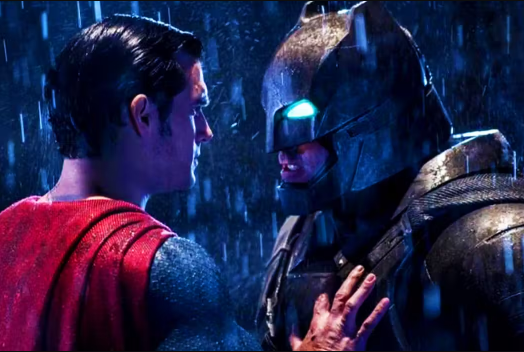Zack Snyder, the director behind “Man of Steel,” sheds light on his decision to pivot towards “Batman v Superman: Dawn of Justice” instead of pursuing a direct sequel to the Superman-centered film. Despite initial success with “Man of Steel,” Snyder faced criticism for the subsequent “Batman v Superman,” which diverged from the expected trajectory of a “Man of Steel 2.”
Snyder’s rationale for veering into “Batman v Superman” territory stemmed from his inability to ignore the looming presence of Batman in the DC Extended Universe (DCEU). The clash between Superman and Batman demanded exploration, particularly in light of the catastrophic events depicted in “Man of Steel.” Snyder felt compelled to delve into Bruce Wayne’s perspective on these events, shaping the narrative landscape and necessitating the transition from “Man of Steel” to a Batman-centric storyline.
Man of Steel 2: The Brainiac Dilemma
Reports surrounding “Man of Steel 2” hinted at Brainiac’s involvement as the primary antagonist, a narrative direction corroborated by Snyder’s comments. While Snyder refrains from explicit confirmation, the notion aligns with speculation that Steven Knight, known for “Peaky Blinders,” was crafting a script revolving around Brainiac’s antagonism towards Superman. Brainiac’s introduction to the DCEU would have marked a significant departure, given the character’s minimal live-action exposure outside television adaptations.
Brainiac’s portrayal in comic lore presents unique challenges for cinematic adaptation, given his complex motivations and cosmic-scale ambitions. While Brainiac’s character depth enriches Superman’s rogues’ gallery, the logistical hurdles of translating his intricate storyline into a live-action setting remain daunting. Snyder’s implicit acknowledgment of Brainiac’s involvement underscores the DCEU’s willingness to explore unconventional narratives, potentially deviating from the franchise’s lighter tone set by recent releases like “The Flash.”
The Uncertain Future of Man of Steel 2
“Man of Steel 2” entered development amid the burgeoning DCU landscape but faltered as the franchise encountered setbacks. Henry Cavill’s anticipated return to a standalone Superman project hinted at renewed interest, only to be followed by his abrupt departure from the role. With Cavill’s successor, David Corenswet, poised to take flight in “Superman,” the prospect of Cavill’s return to the DCU remains uncertain. Nevertheless, the stage appears set for Brainiac’s long-awaited cinematic debut, offering the DCU an opportunity to explore uncharted narrative territory.
In conclusion, Zack Snyder’s decision to prioritize “Batman v Superman” over “Man of Steel 2” underscores the intricate interplay between character dynamics and franchise-building in the DCEU. While Brainiac’s potential inclusion in the latter project hints at ambitious storytelling, the challenges of adapting his character for live-action underscore the DCEU’s willingness to embrace complexity in its narrative evolution.


Leave a Reply